
Great February 6th it is! Share your blessings with somebody today. Seriously, don't just think about it for a moment......do it now.
Scroll down and enjoy the latest comprehensive weather to the max.
Here are the latest hazards across the latest country.
Purple/Pink/blue on land is cold/Winter weather. Brown is wind, Green is flooding. Gray is fog. Reddish is a red flag advisory.
Go to the link below, then hit the location/county on the map for details.
https://www.spc.noaa.gov/ Go to "hazards"





Current Jet Stream

Winter Weather
https://www.wpc.ncep.noaa.gov/wwd/winter_wx.shtml
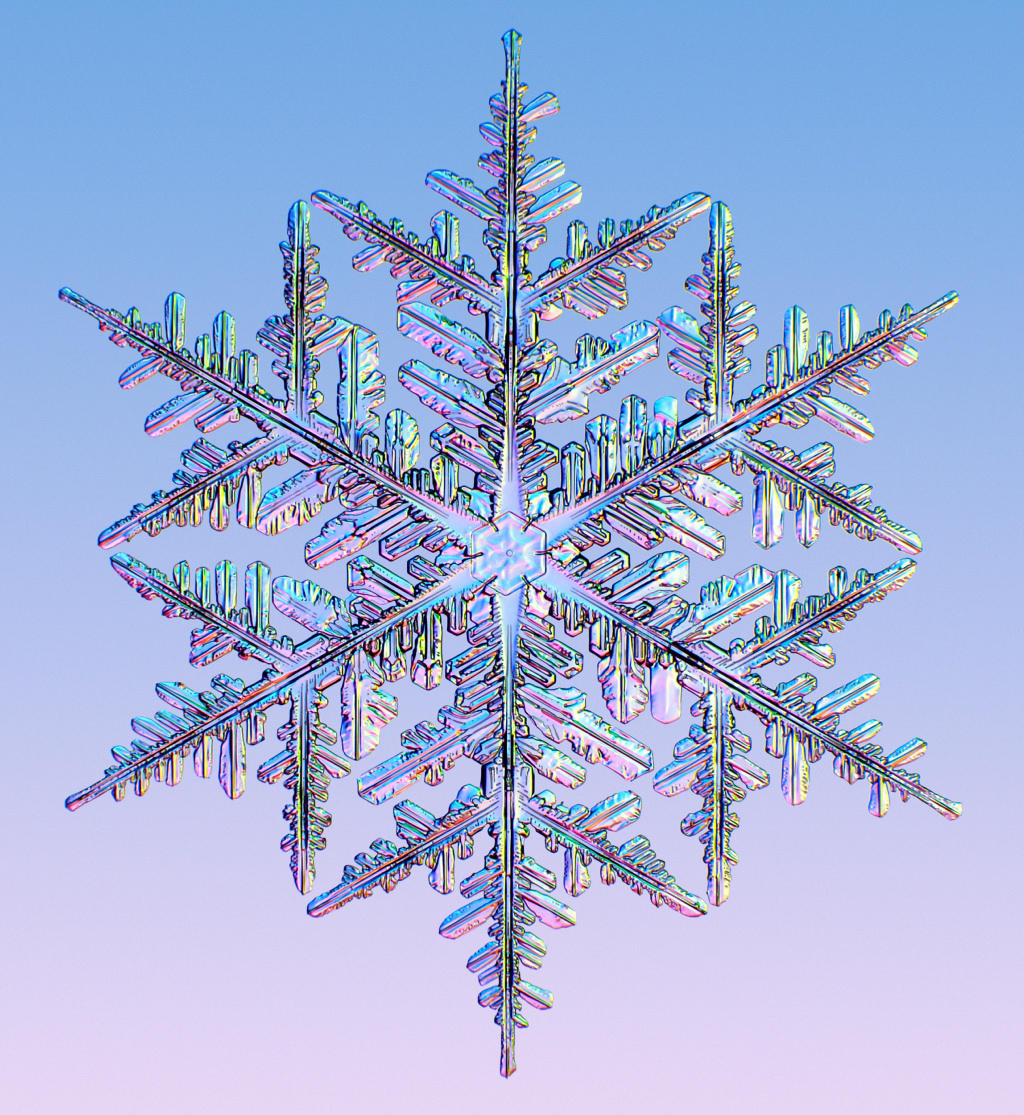
Snowfall the next 3 days:
Forecast Hour: 084
Image URL: http://mag.ncep.noaa.gov/data/nam/12/nam_namer_084_snodpth_chng.gif
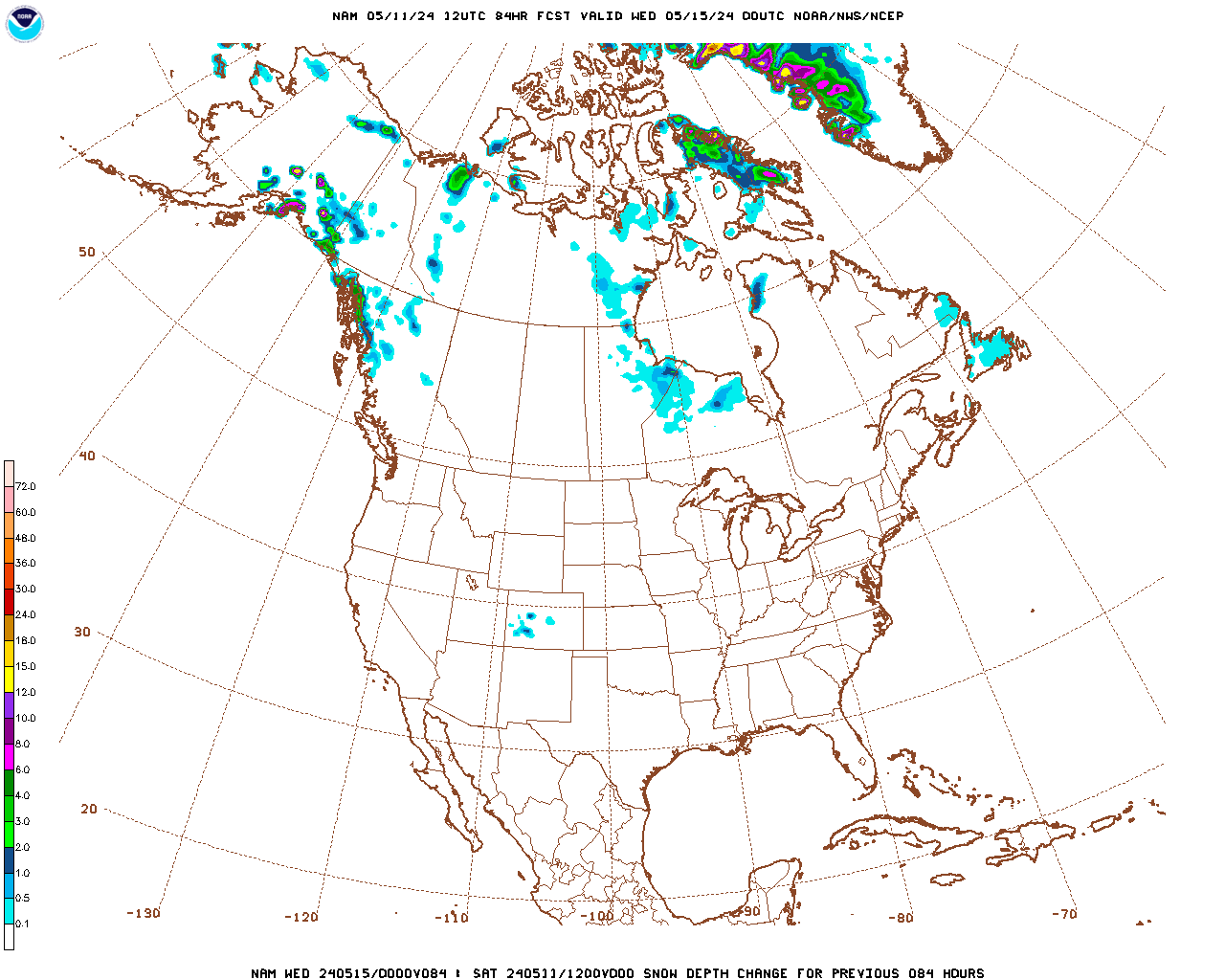
| Low Temperatures Tomorrow Morning |

High Temperatures
Feels like Spring! What a contrast from last week and the N.Plains!



Highs for days 3-7:
Cold spreads east/southeast but moderates.
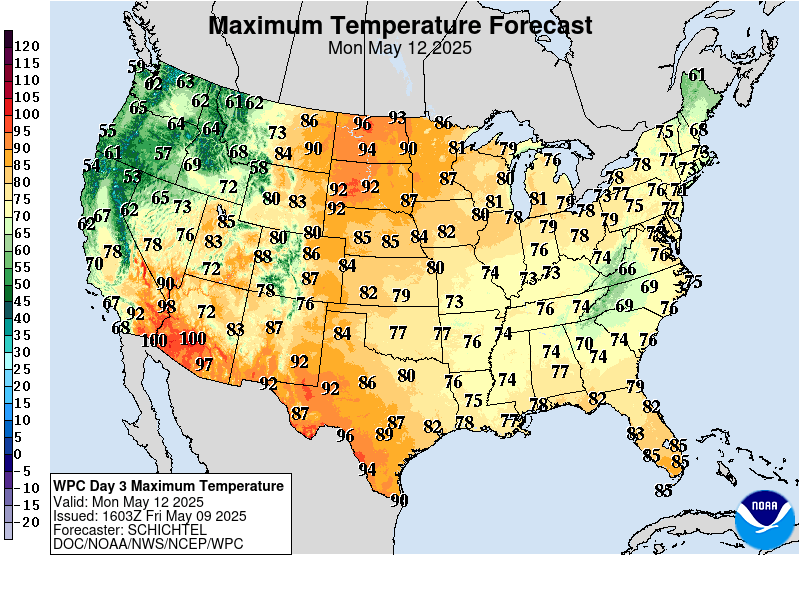
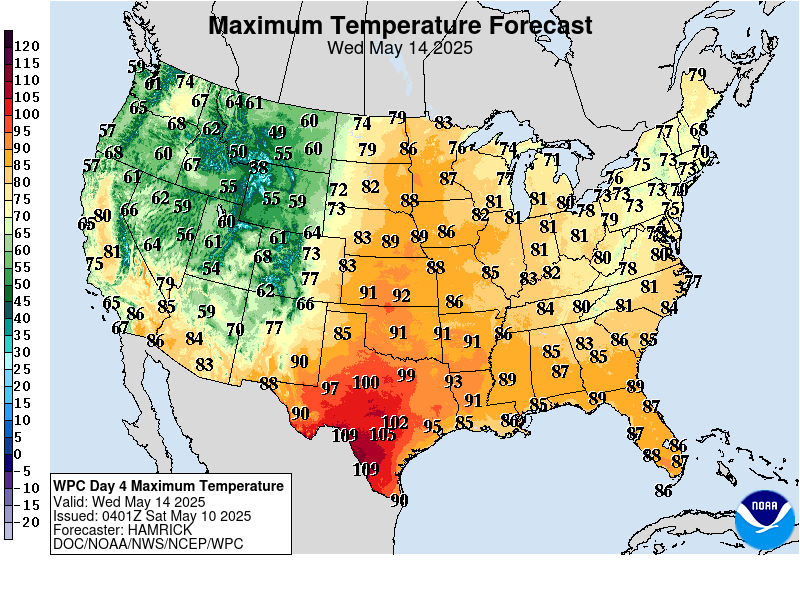
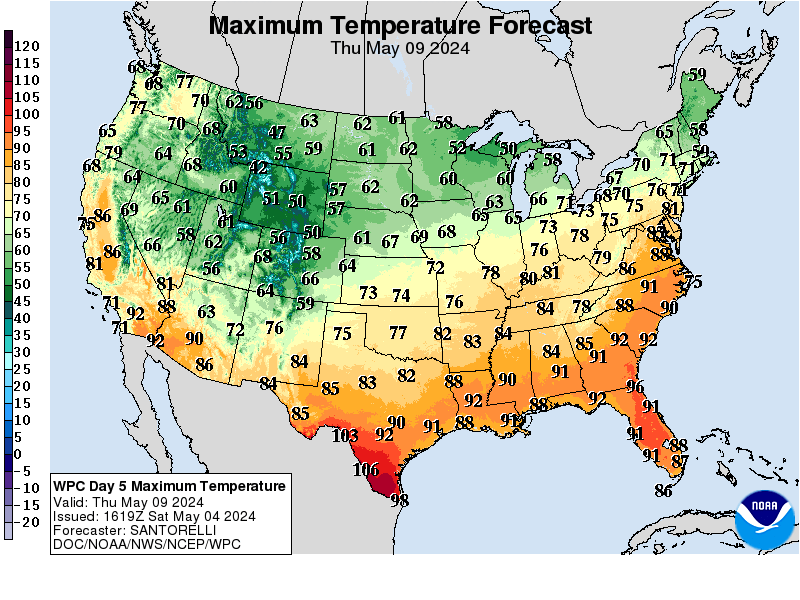
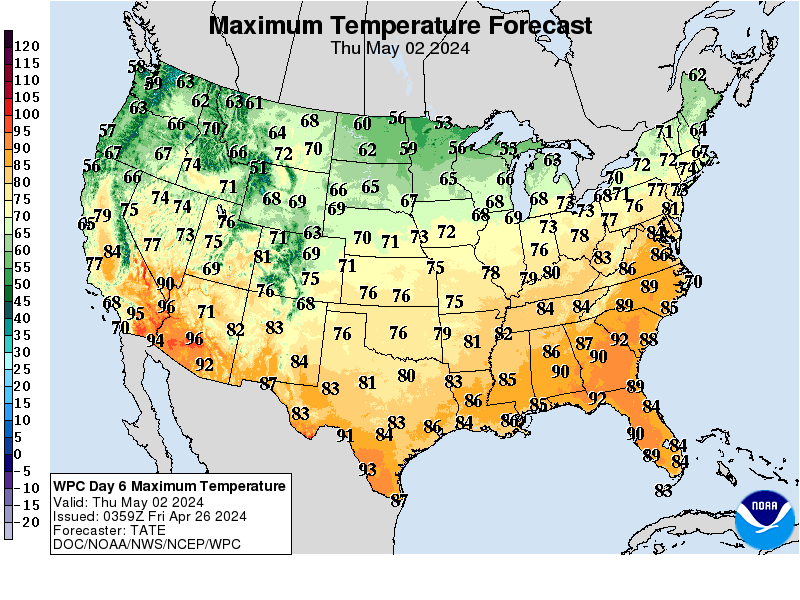
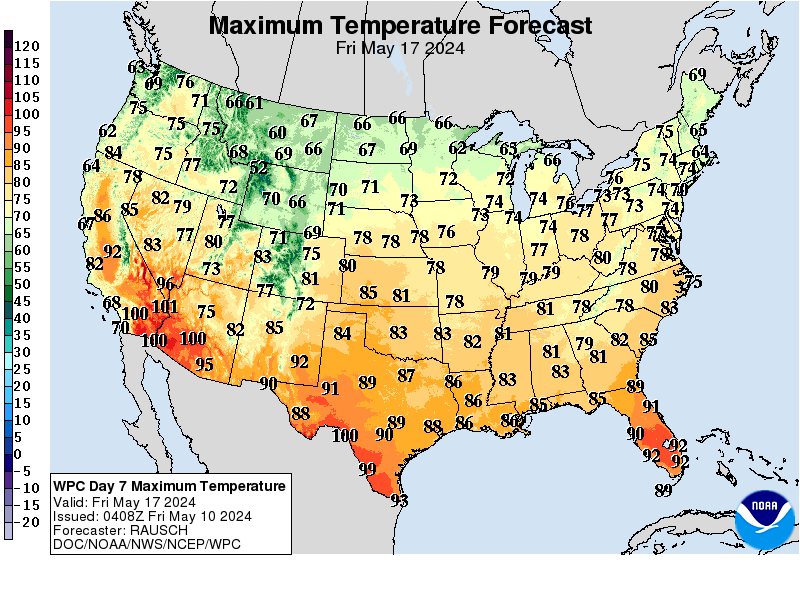
How do these days 3-7 temperatures compare to average at this time of year?
Incredible temperature contrast across the country from frigid northwest to mild FAR southeast. The cold wins out but moderates headed southeast.
https://www.wpc.ncep.noaa.gov/medr/medr_mean.shtml
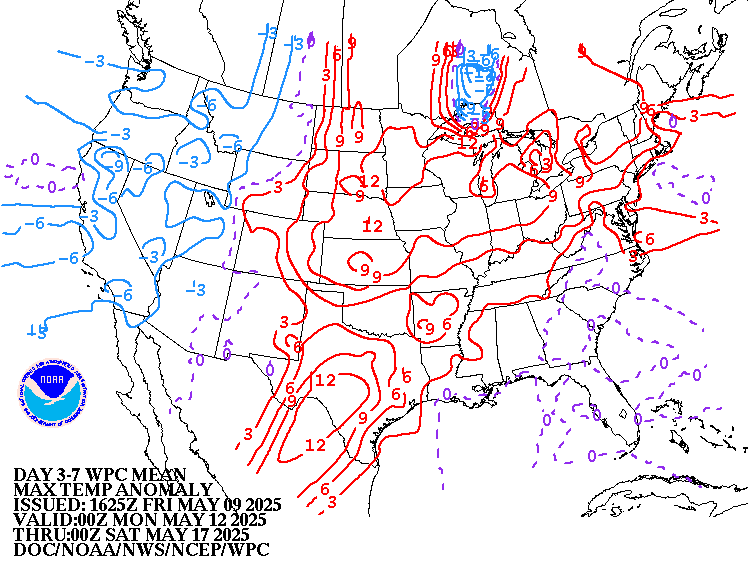
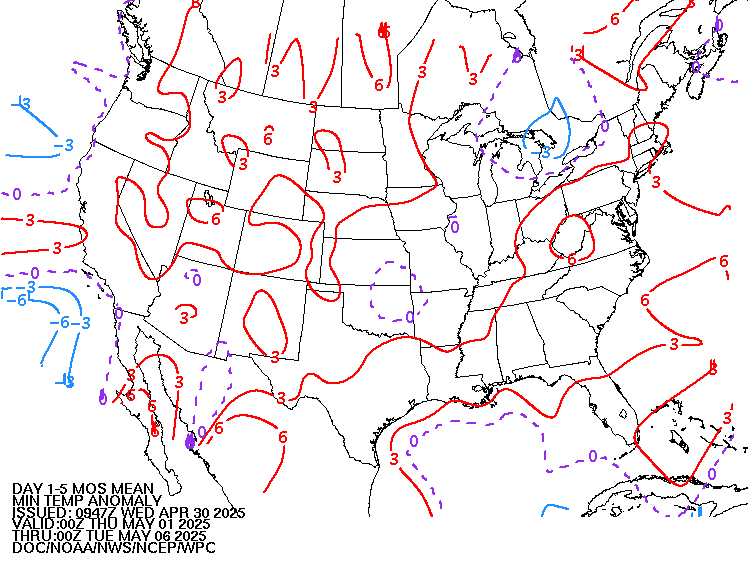
Weather maps for days 3-7 below:
Southern stream battles Northern stream!!
A front separating 2 distinctly different air masses(battle zone) sweeps southeast, with the cold getting modified as dense cold air near the surface penetrated pretty far south. New southern stream system(s) develop and try to push into the cold air.
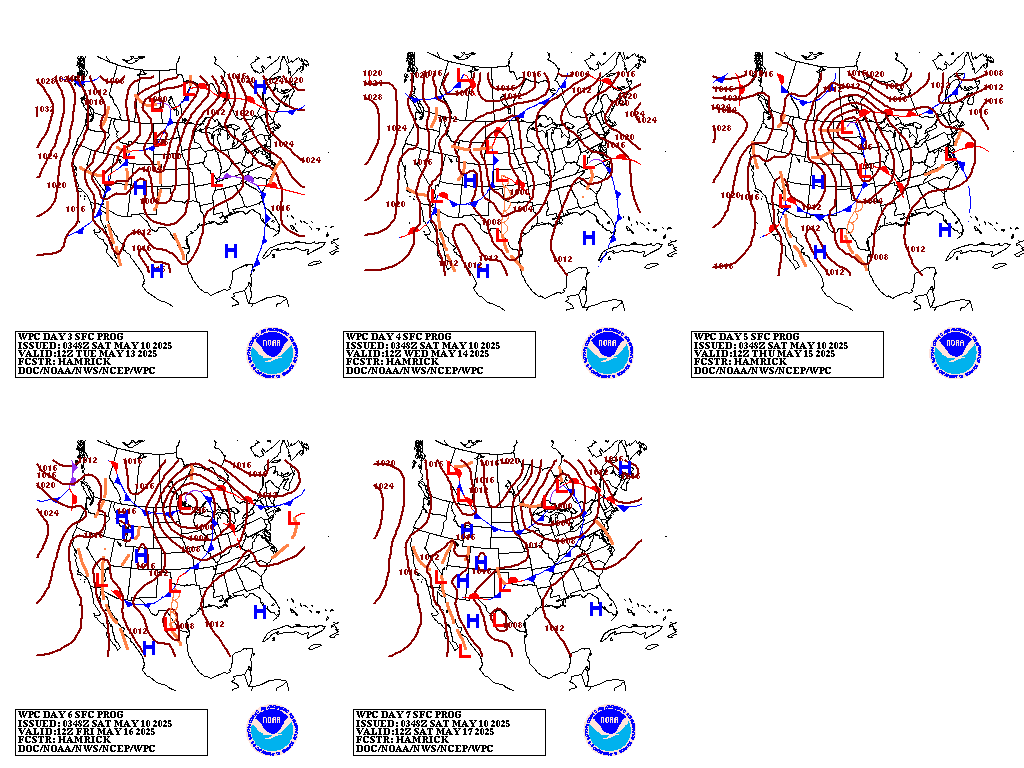
Liquid equivalent precip forecasts for the next 7 days are below.
Lots of rain(heavy in the Ohio Valley with this one), then more heavy rain with the next one in several days, just south of this one..........snow/ICE in the colder air, farther north.
.
Day 1 below:
http://www.wpc.ncep.noaa.gov/qpf/fill_94qwbg.gif?1526306199054
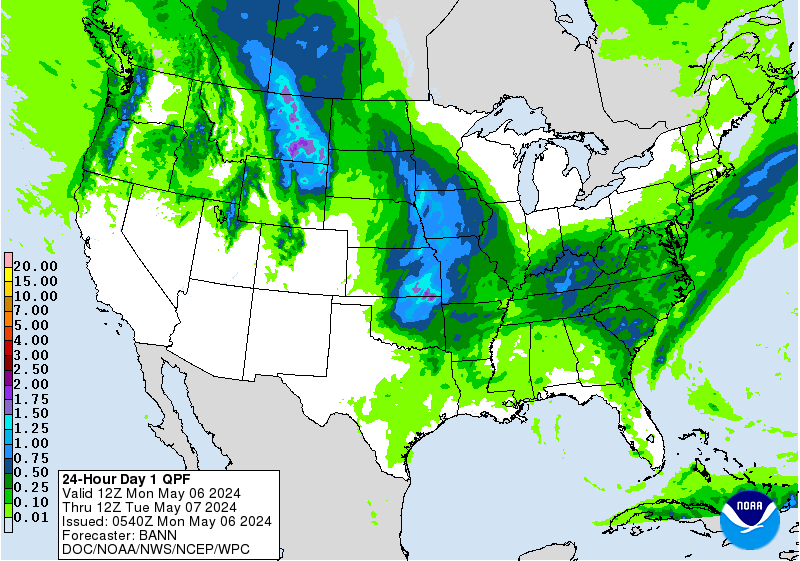
Day 2 below:
http://www.wpc.ncep.noaa.gov/qpf/fill_98qwbg.gif?1528293750112
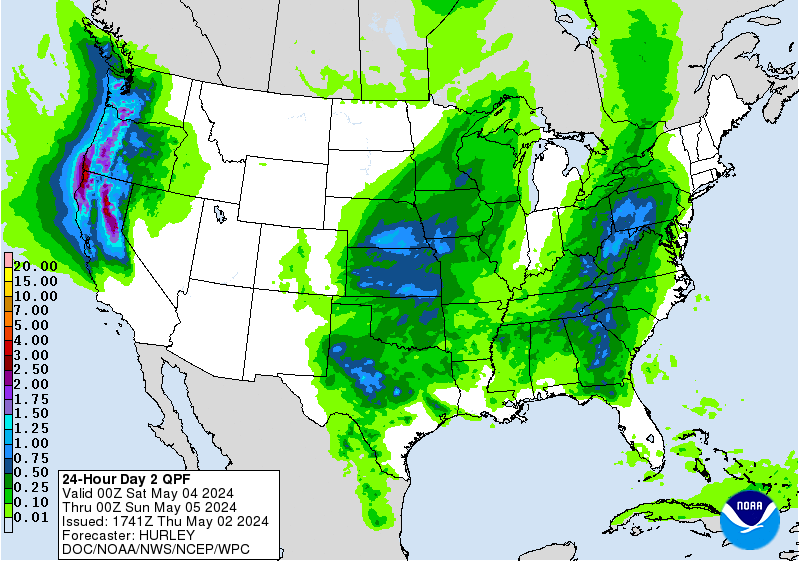
Day 3 below
http://www.wpc.ncep.noaa.gov/qpf/fill_99qwbg.gif?1528293842764
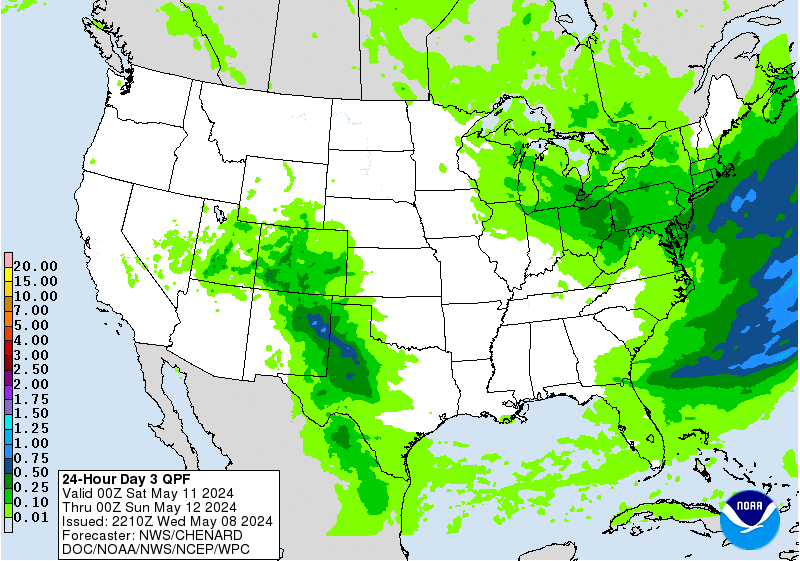
Days 4-5 below:
http://www.wpc.ncep.noaa.gov/qpf/95ep48iwbg_fill.gif?1526306162
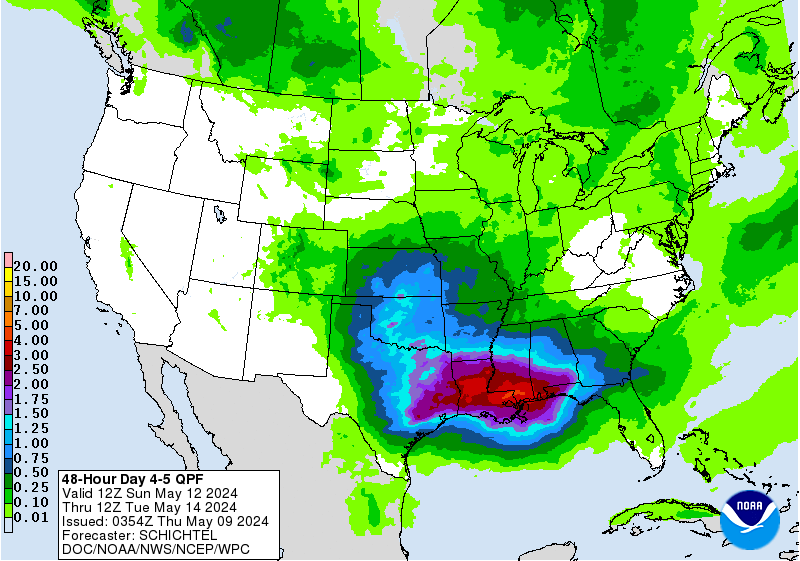
Days 6-7 below:
http://www.wpc.ncep.noaa.gov/qpf/97ep48iwbg_fill.gif?1526306162
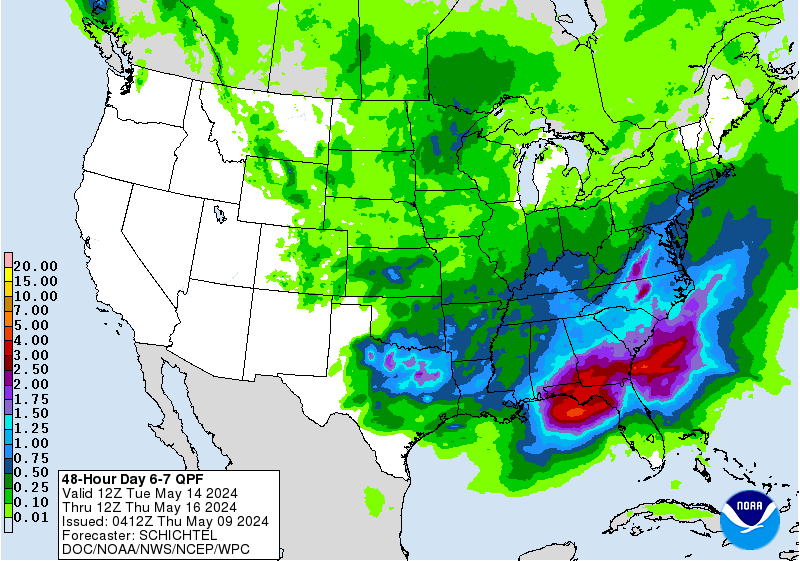
7 Day Total precipitation below:
http://www.wpc.ncep.noaa.govcdx /qpf/p168i.gif?1530796126
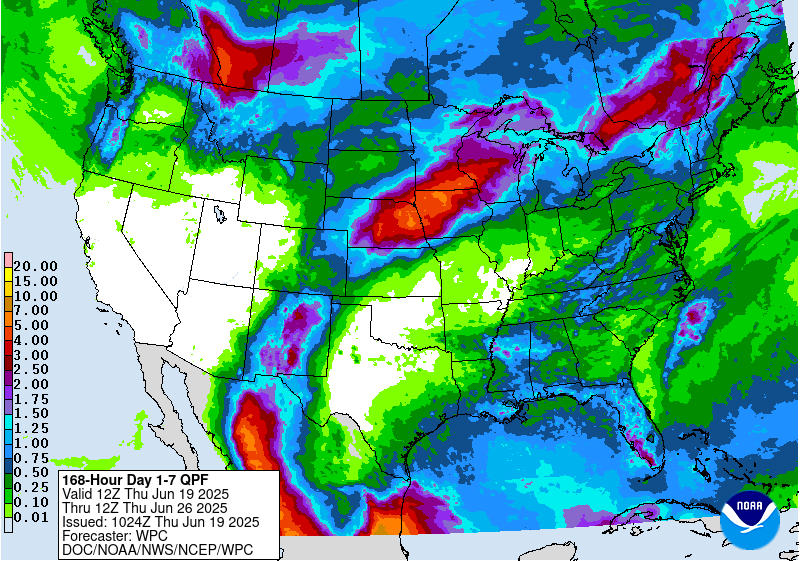
Current Dew Points
Significant Gulf moisture has returned to the Ohio Valley, being used for hefty rains the next couple of days.

Latest radar loop
http://www.nws.noaa.gov/radar_tab.php

| Full resolution version loop (3400x1700 pixels - 2.2mb) |

Go to: Most Recent Image
Precipitation the past 24 hours
![]()
You can go to this link to see precipitation totals from recent time periods:
https://water.weather.gov/precip/
Go to precipitation, then scroll down to pick a time frame. Hit states to get the borders to see locations better. Under products, you can hit "observed" or "Percent of normal"
+++++++++++++++++++++++++++++++++++++++++++++++
+++++++++++++++++++++++++++++++++++++
Precipitation compared to average for the last 7, 14, 30 and 60 days.
Usually not updated for previous day until late the next day.
https://www.atmos.illinois.edu/~snodgrss/Ag_Wx.html




The top map is the Canadian ensemble average, the maps below are the individual members that make up the average
+++++++++++++++++++++++++++++++++++++++++
Each member is like the parent, Canadian model operational model.......with a slight tweek/variation in parameters. Since we know the equations to represent the physics of the atmosphere in the models are not perfect, its useful to vary some of the equations that are uncertain(can make a difference) to see if it effects the outcome and how.
The average of all these variations(ensembles) often yields a better tool for forecasting. It's always more consistent. The individual operational model, like each individual ensemble member can vary greatly from run to run.........and represent an extreme end of the spectrum at times. The ensemble average of all the members, because it averages the extremes.............from opposite ends of the spectrum.........changes much less from run to run.
End of week 2....................0z ensembles from WEDNESDAY:
Analysis starting from a week ago, ending with today:
Last Tuesday: The showdown continues between the building southern stream upper level ridge in the Southeast and the Northern stream. Today, on this model, at 2 weeks, on some solutions, the northern stream has a renewed surge into the northern tier of states. Enormous uncertainty.............not on the main players but on the strength of them and especially on the weather in the battle zone and timing of weather features that they cause/location of their dominance at distant times frames like this.
Wednesday(PM): Northern stream and cold make a come back during week 2, strengthening and pushing farther southeast as the southern stream upper level ridge in the Southeast weakens a bit. The coldest air will be farther west than with this recent intense cold. Great uncertainty on how strong the upper level ridge will be in the East.
Thursday: Similar to yesterday afternoons update.
Friday: Same battle between upper level ridge in the Southeast(with warmth) and Upper level trough in the West to Plains with the northern stream from Canada aimed towards the trough, loaded with plenty of cold because of cross polar flow pouring into Canada. Very active, with alot of precip, huge temperature gradient from the far southeast to northwest. Cold should make it pretty far southeast in week 2.
Saturday: Huge disparity in individual solutions/members. Possible tenacious upper level ridge in the far Southeast, deep trough farther west with cold plunging into it. Heavy precip possible.
Sunday: This model is MUCH colder than all the others. The Southeast upper level ridge is pushed out into the Atlantic. The powerful northern stream, with cross polar flow is aimed towards the NorthCentral US with frigid air, which spreads out over a large part of the US. This disagrees with the GFS and European models.
Monday: Much more zonal, milder flow across the NorthCentral states on the mean/average vs streamlines that plunge from Alaska/NW Canada southward, aimed towards the N.Plains/Upper Midwest on previous solutions.
Tuesday: Big disparity. Decent amount of cold getting south of Canadian border on majority but not penetrating deeply southeast?
Wednesday: Battle between strong upper level ridge in the Southeast pumping up warm/moist air and northern stream coming out of Canada. The average/mean depicts something that is not on most models........will Northeast turn cold again?
360h GZ 500 forecast valid on Feb 21, 2019 00 UTC
0Z GFS Ensembles at 2 weeks:
Analysis, starting with a week ago:
Last Tuesday: Welcome back Northern Stream! Huge, renewed surge of the northern stream. On some solutions, another fairly far south incursion of the Polar Vortex(or at least an extension of it south) but nothing like this current event......except for the extremes.
Wednesday: Tremendous uncertainty and differences.
Thursday: A lot of different solutions.
Friday: Different than the Canadian ensembles! More cold aimed towards the Northeast, not as much upper level ridging in the Southeast.
Saturday: More upper level ridging in the Southeast/East than yesterday. Anomalous upper level trough to the west. Heavy precip. Cold West/Central, warm East.
Sunday: MUCH stronger Southeast ridge from the Southern Stream than the Canadian model and pretty good agreement on most solutions........pumping in copious moisture an warmth, with an upper level trough in the West likely. Colder air in the northwest to northcentral sector will have a tough time penetrating deeply towards the southeast.
Monday: Pretty strong upper level ridge in the Southeast to possibly up the East Coast............so mild there and points just west(with tons of moisture pumped up for the Gulf). Trough much farther west with cold air feeding in.
Tuesday: Northern stream much stronger and farther southeast today.........with cold getting pushed farther into the Midwest/Northeast than yesterday. Colder than yesterday and colder than the Canadian model. A few VERY cold solutions.
Wednesday: Northern stream looks pretty potent(with cold) in NorthCentral to Northeast........??? Where will the upper level trough be??? How strong will the upper level ridge in the far Southeast be?

Latest, updated graph/forecast for AO and NAO here, including an explanation of how to interpret them.
Previous analysis, with the latest day at the bottom for late week 2 period.
Last Tuesday: AO.........the spread doesn't get wider than this. From extremely low to extremely high. This tells us how much uncertainty there will be, especially with regards to the influence of the northern stream in week 2. NAO is a bit positive and PNA slightly negative which will provide some resistance to cold trying to penetrate deeply south into the US after tracking south of the Canadian border.
Wednesday: Lot's of spread with the AO and uncertainty still. Leaning negative and favorable for cold to push into the northern parts of the US from Canada. NAO very uncertain. PNA however has decent agreement on being negative which supports the cold coming in farther west than what we've seen recently and not penetrating too far south in the Eastern US.
Friday: AO a bit negative and favorable for cold to track south thru Canada and make it into the US. NAO a bit positive.............not so good for cold in the East. PNA increasing again as week 2 progresses...more favorable for cold pushing into the US farther east. Alot of uncertainty!
Saturday: AO is higher than its been in awhile, close to zero, not as favorable for cold but it's changing and uncertain from day to day. NA is positive and not favorable for cold in the East. PNA is negative, cold in the West but not the East. Tremendous uncertainty for placement of the main features could cause these indices to change fast.
Sunday: AO really spreads out at the end of week 2 and is close to zero. NAO is positive but then close to zero. PNA solidly negative then morphs close to zero. Overall not favorable for major cold in week 2 to penetrate very far southeast but that could change late in the period.
Monday: AO during week 2 goes way higher than anything we've seen in many months(making it very unfavorable for frigid weather to get into parts of the US. NAO is positive but dropping late in week 2. PNA is negative but increasing late in week 2. Indices in the state of flux, especially the AO today.
Tuesday: AO rises to very positive in week 1, then later in week 2 may plunge again. NAO is positive but drifts lower in week 2. PNA is negative in week 1 but increases to around zero by the end of week 2. Potential to turn sharply colder on some models(GFS ensembles) near the end of week 2 but with much uncertainty.
Wednesday: The connection to this site was not working this morning but one can guess that late week 2 indices may be morphing cold with a wide spread.
The link below, now has the PNA index added at the bottom:
National Weather Service 6-10 day, 8-14 day outlooks.
The connection to this link was not working on Wednesday morning.
Big battle between the upper level ridge in the Southeast and southern stream and upper level trough to the west with northern stream cold air feeding into it...........these features will cause a lot of precip!
Temperature Probability | |
Precipitation Probability | |
| the 8-14 day outlooks ArchivesAnalogsLines-Only FormatGIS Data | |
Temperature Probability | |
 | |